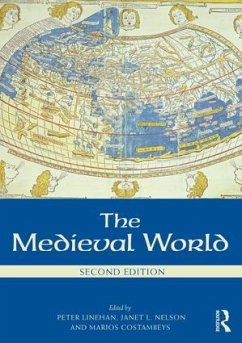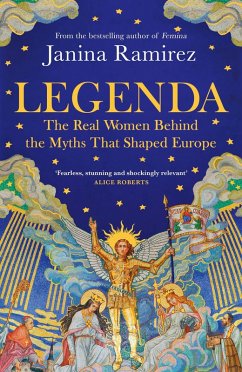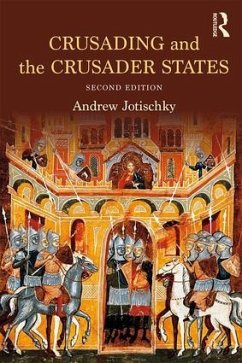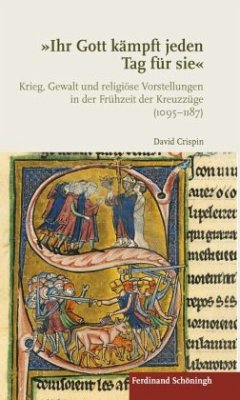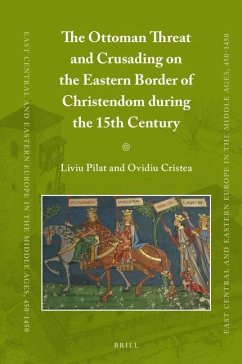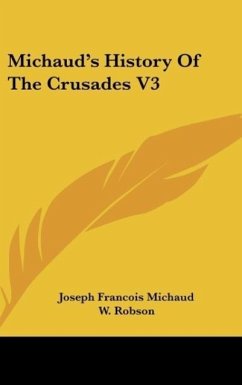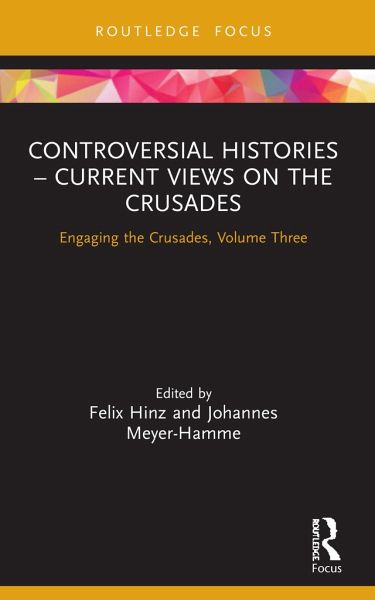
Controversial Histories - Current Views on the Crusades
Engaging the Crusades, Volume Three
Herausgegeben: Hinz, Felix; Meyer-Hamme, Johannes
Versandkostenfrei!
Versandfertig in 6-10 Tagen
21,99 €
inkl. MwSt.
Weitere Ausgaben:

PAYBACK Punkte
11 °P sammeln!
Engaging the Crusades is a series of volumes which offer windows into a newly-emerging field of historical study: the memory and legacy of the Crusades. Together these volumes examine the reasons behind the enduring resonance of the Crusades and present the memory of crusading in the modern period as a productive, exciting and much needed area of investigation.Controversial Histories assembles current international views on the Crusades from across Europe, Russia, Turkey, the USA and the Near and Middle East. Historians from the related countries present short narratives that deal with two que...
Engaging the Crusades is a series of volumes which offer windows into a newly-emerging field of historical study: the memory and legacy of the Crusades. Together these volumes examine the reasons behind the enduring resonance of the Crusades and present the memory of crusading in the modern period as a productive, exciting and much needed area of investigation.
Controversial Histories assembles current international views on the Crusades from across Europe, Russia, Turkey, the USA and the Near and Middle East. Historians from the related countries present short narratives that deal with two questions: What were the Crusades? and What do they mean to "us" today? Narratives are from one of possible several "typical" points of view of the related country and present an international comparison of the dominant image of each respective historical culture and cultures of remembrance. Bringing together 'victim perspectives' and 'perpetrator perspectives', 'key players' and 'minor players', they reveal both shared and conflicting memories of different groups. The narratives are framed by an introduction about the historical and political significance of the Crusades, and the question of history education in a globalized world with contradicting narratives is discussed, along with guidelines on how to use the book for teaching at university level.
Offering extensive material and presenting a profile of international, academic opinions on the Crusades, Controversial Histories is the ideal resource for students and educators of Crusades history in a global context as well as military history and the history of memory.
Controversial Histories assembles current international views on the Crusades from across Europe, Russia, Turkey, the USA and the Near and Middle East. Historians from the related countries present short narratives that deal with two questions: What were the Crusades? and What do they mean to "us" today? Narratives are from one of possible several "typical" points of view of the related country and present an international comparison of the dominant image of each respective historical culture and cultures of remembrance. Bringing together 'victim perspectives' and 'perpetrator perspectives', 'key players' and 'minor players', they reveal both shared and conflicting memories of different groups. The narratives are framed by an introduction about the historical and political significance of the Crusades, and the question of history education in a globalized world with contradicting narratives is discussed, along with guidelines on how to use the book for teaching at university level.
Offering extensive material and presenting a profile of international, academic opinions on the Crusades, Controversial Histories is the ideal resource for students and educators of Crusades history in a global context as well as military history and the history of memory.







